As an architect of two decades, I have borne witness to a revolution in the design industry: the shift towards sustainable, low energy and low embodied carbon architecture. Our small design-led studio has been dedicated to creating eco-friendly homes that are as cost-efficient as they are stylish. With rising energy costs, there has been a growing demand for energy-efficient home improvements. However, not all “green” modifications are created equal. Some come with hidden costs that homeowners should be aware of, as they could affect overall savings.
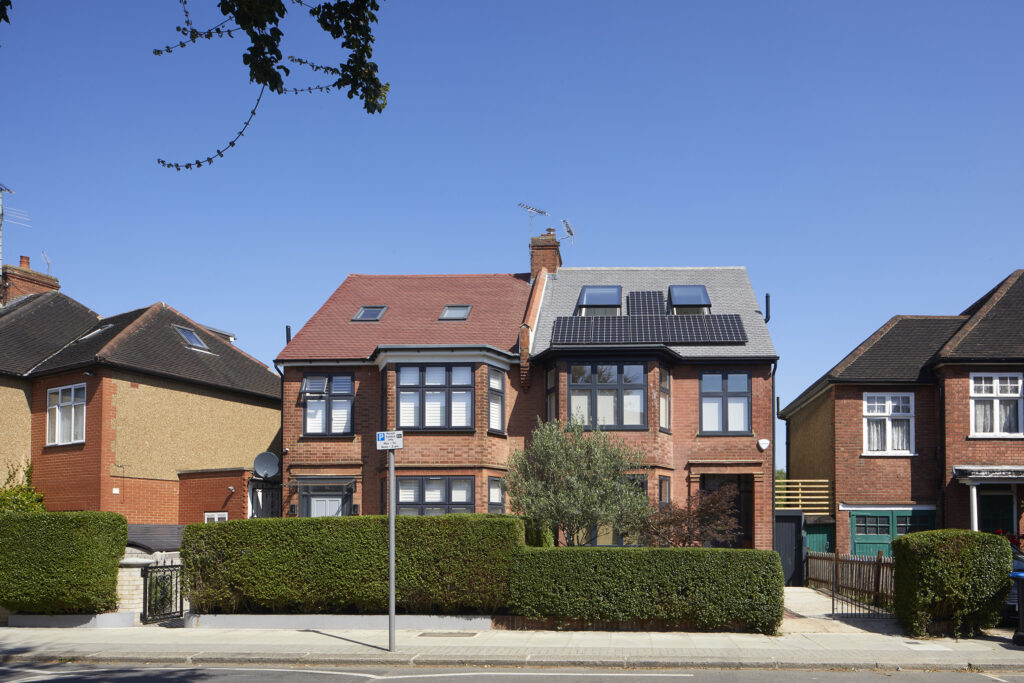
Chapter 1: The Sunny Side of Solar
Solar panels are a cornerstone of contemporary, eco-friendly home design. The number of installations hit a seven-year high, demonstrating the growing popularity of solar energy as a means of reducing carbon footprints and cutting energy costs. Solar panels harness the sun’s energy, converting it into electricity for use in your home. Furthermore, most modern panels are equipped with batteries, allowing any excess electricity to be stored for later use or even sold back to the national grid.
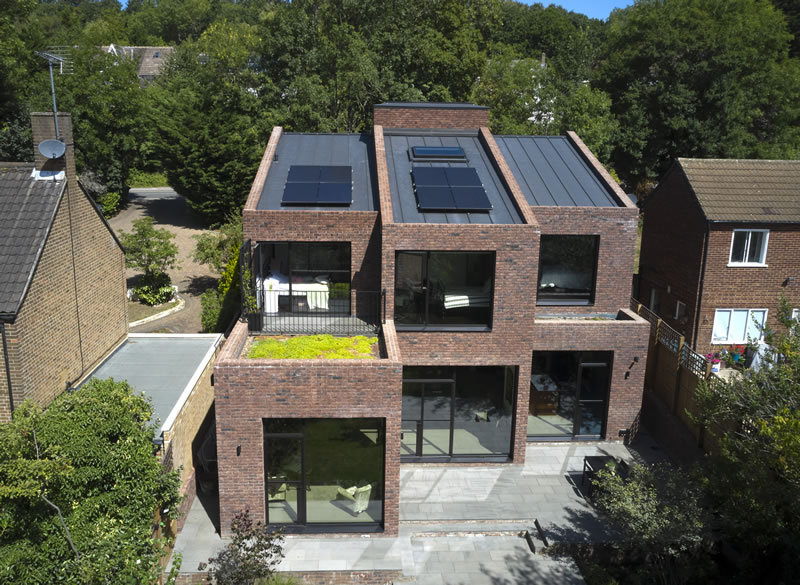
Chapter 2: The Cost of Solar
Investing in solar technology does come with upfront costs, and the initial price tag can be steep. A typical 3.5kW solar system can cost around £5,400 and produce about 2,64kWh of energy annually, depending on location and weather conditions. Additional costs may include increased numbers of panels or larger batteries, depending on your property’s size and energy requirements. But rest assured, the long-term benefits of solar panels can outweigh the initial costs, and the Energy Saving Trust suggests an average saving of £385 per year from solar panels.
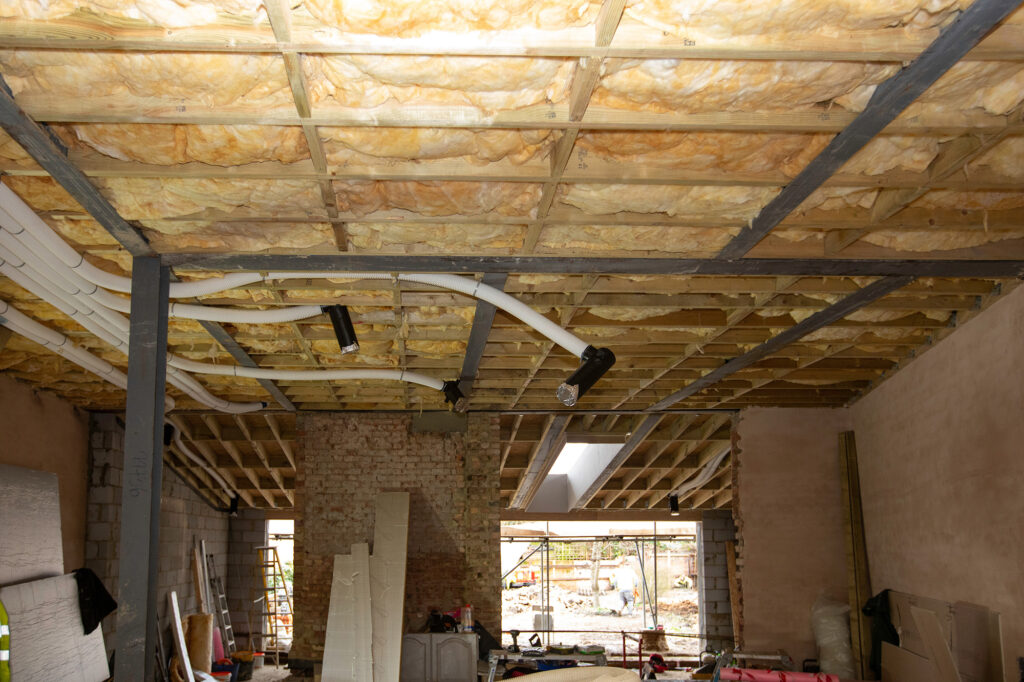
Chapter 3: The Value of Insulation
Insulation is another crucial element of a green home design. It reduces heat transfer, meaning your home stays warmer in winter and cooler in summer, reducing the need for energy-intensive heating and cooling systems. Loft insulation and cavity wall insulation (or internal wall insulation), in particular, can save households an average of £290 and £310 per year respectively, according to the Energy Saving Trust.
Chapter 4: A Pricey Picture of Insulation
Recent global events have impacted the supply chain, causing the cost of insulation materials to soar. Moreover, labour costs have also seen a rise, increasing the overall price of insulation. Unfortunately, this has led to a sharp increase in the overall cost of insulation. It’s also important to consider the possibility of delays that could further inflate your final bill.
Chapter 5: External Wall Insulation
While the insulation costs may be a deterrent, external wall insulation can drastically improve the energy efficiency of a home, particularly those with solid walls, which are generally those built before the 1920s. However, this type of insulation usually requires scaffolding, which can add to the cost. A potential one-week delay could inflate your overall expenditure by a further £800.
Chapter 6: Navigating the Complexities of Spray Foam Insulation
Spray foam insulation, an option to plug gaps and drafts in lofts, has caused some significant issues, particularly for timber-framed roofs. Trapped moisture can lead to condensation and timber rot. Furthermore, some homeowners who opted for this type of insulation now face difficulties remortgaging, selling, or taking out equity-release plans due to the potential damage. It’s essential to be aware of these potential issues before making a decision.
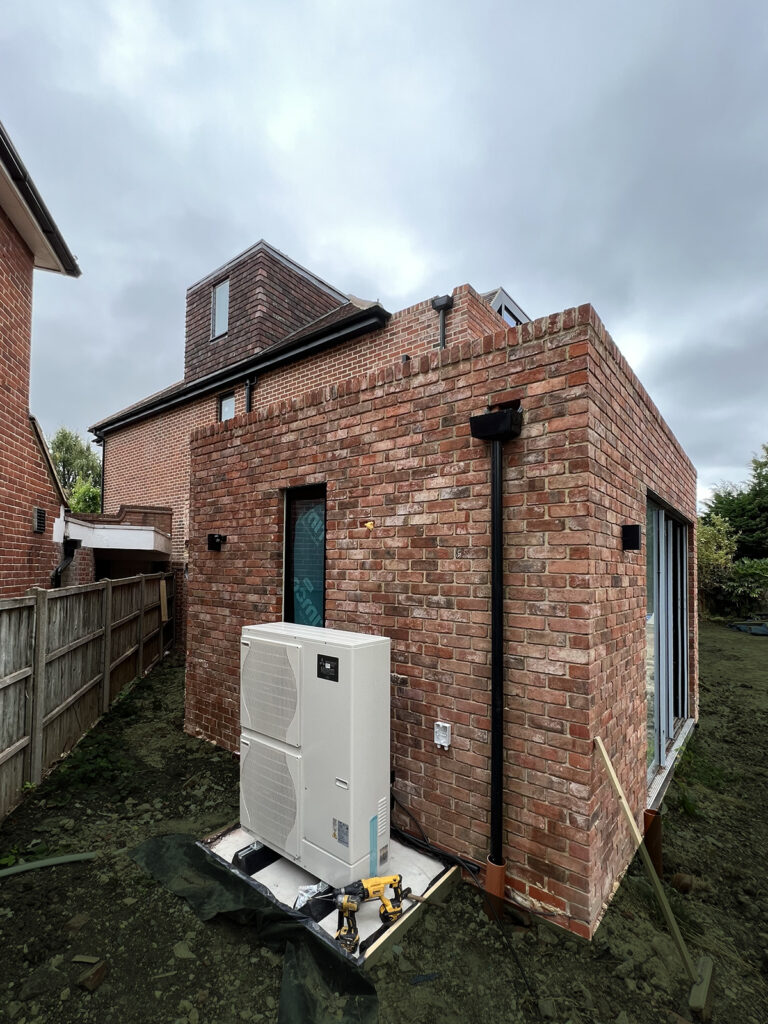
Chapter 7: A Look at Heat Pumps
As a low-carbon alternative to traditional heating systems, heat pumps have seen a surge in installations. Heat pumps capture heat from the air or ground, depending on the type, and use it to warm your home. While they come with a higher upfront cost, they can offer annual savings of £385 for an air source heat pump, or even £710 for a ground source heat pump.
Chapter 8: The Heat Pump Payoff
While the cost of a heat pump system can seem daunting, there are government schemes in place, such as the Boiler Upgrade Scheme, which offer grants of up to £6,500 towards the cost. But be aware, the efficiency of a heat pump is dependent on proper insulation of the home, which could mean additional expenses for older properties.
Chapter 9: Strategies for Going Green
Despite the potential challenges, energy-efficient home improvements can still lead to long-term savings, particularly if the homeowner is prepared to invest time into due diligence. Always seek multiple quotes, understand the pros and cons, and assess the potential savings against the initial outlay. Look for grants or loans specifically intended for green home improvements, and always set aside a contingency budget for unexpected costs.
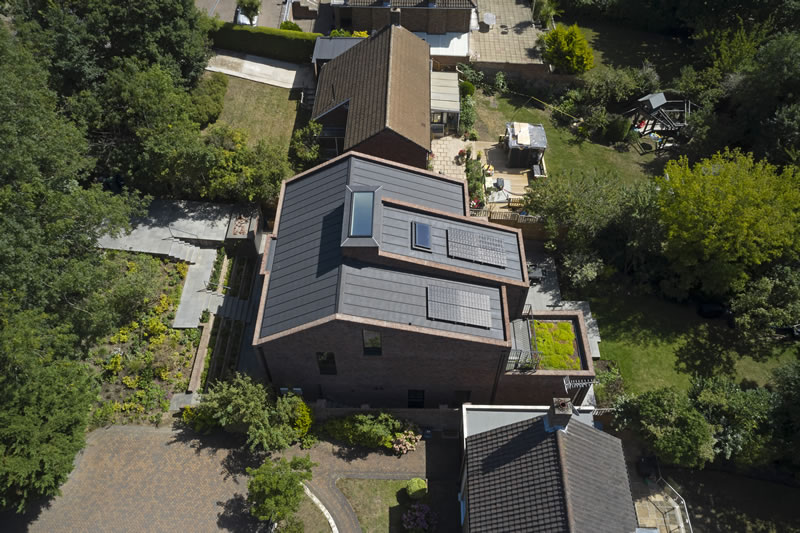
Chapter 10: A Personal Account of Solar Benefits
Let’s look at a real-life example to demonstrate the potential savings and benefits. A homeowner invested £17,500 in a solar panel system, which led to her monthly energy bills being halved. By her estimates, the solar panels would pay for themselves within ten years, resulting in significant long-term savings.
Conclusion
Making the transition to an energy-efficient home might appear challenging due to the initial costs and the complexity of some decisions. However, with careful planning, sufficient research, and the right guidance, the benefits can be substantial – both for your wallet and for the planet. Our aim, as a contemporary, design-led architecture studio, is to ensure our designs not only stand out aesthetically but also provide a sustainable, cost-effective, and environmentally friendly solution for homeowners.
